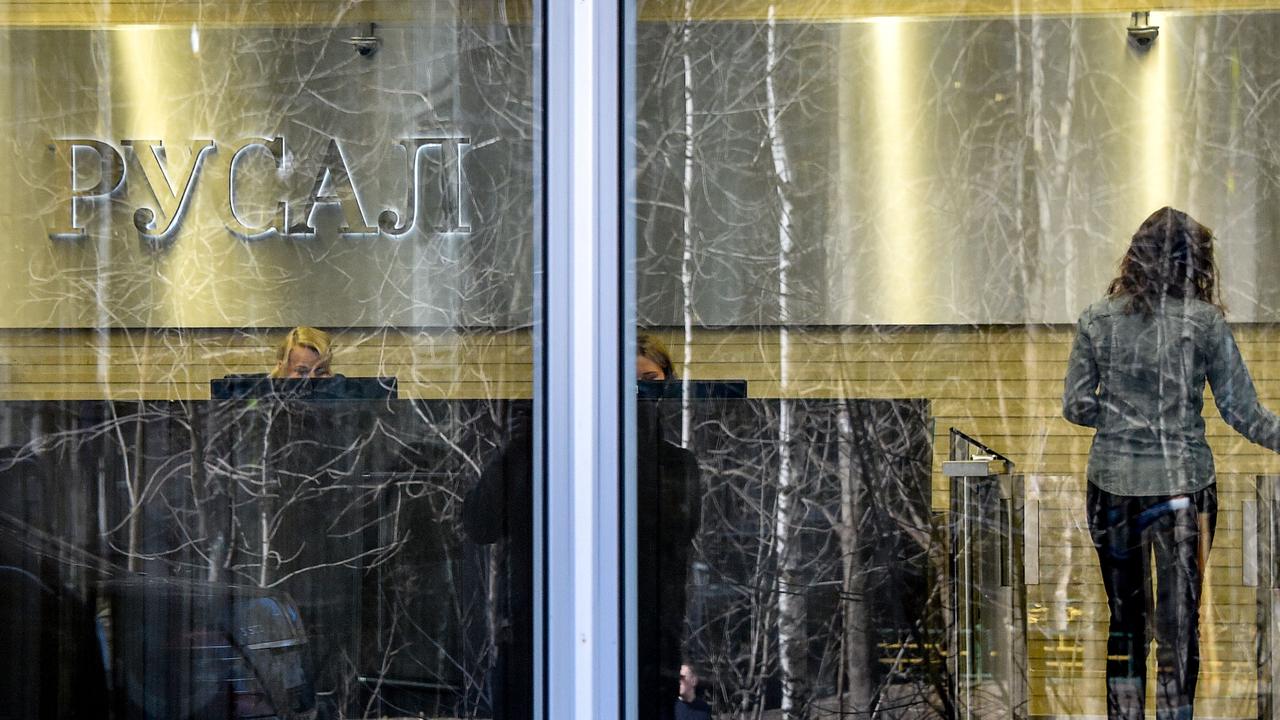Sparks fly between Alumina and Alcoa
Alumina’s push is a potentially explosive one for Alcoa, but it has the potential to transform Alumina as a company.
In the filing Alcoa said it had brought the action “to forestall continuing threats by the defendants (Alumina) to attempt to interfere with Alcoa’s plan to separate its businesses into two companies unless Alcoa gives in to a series of baseless and improper demands.’’
The dispute between the two companies, which could lead to a change in the structure of the Alcoa World Alumina and Chemicals (AWAC) joint venture that was formed in the mid-1990s, appears to have been triggered by Alcoa’s announcement last year of plans to separate its upstream and downstream businesses.
Under Klaus Kleinfeld Alcoa has expanded its downstream manufacturing activities aggressively while radically rationalising its upstream aluminium metal, alumina and bauxite operations.
It has shut down or curtailed about a third of its smelting capacity since the financial crisis while growing its “value-add” portfolio both organically and through acquisitions.
The crisis, and the continued expansion of aluminium production from China and the Middle East, both undermined the aluminium price and broke down the traditional linkage of aluminium and alumina prices.
It also left Alcoa believing that its historic strategy of being a fully integrated producer meant that its exposures to the upstream assets were driving its share price and damaging the value of its expanded value-add portfolio.
So Kleinfeld announced the demerger last year, with the value-add portfolio to be separated from the upstream businesses within an entity called Arconic. What Alcoa didn’t do, and still hasn’t, was to spell out precisely how the demerger would be executed.
That may matter because it is clear from the filing (and was confirmed by Alumina this morning) that Alumina is claiming that the separation would trigger provisions in the joint venture requiring its assent to any change in its ownership and would activate pre-emptive rights that it holds.
Alumina said it had serious concerns that the proposed demerger would result in a material adverse change in the nature, size, scope and financial wherewithal of its AWAC partner.
It is also apparent from Alcoa’s description of Alumina’s “demands” and Alumina’s statement that the Australian-listed entity sees an opportunity, created by Alcoa’s demerger plan, to transform itself. At present it receives 40 per cent of any dividends declared by AWAC and has no operations of its own.
According to Alcoa, Alumina “purports to assume” marketing rights to its share of AWAC’s production – if it were successful Alumina would get access to 40 per cent of AWAC’s output and be able to market it independently. Alternatively, it might be able to exercise – Alumina says it is entitled to exercise -- pre-emptive rights over Alcoa’s interests in individual assets or, indeed, Alcoa’s 60 per cent interest in AWAC.
In the filing Alcoa points to the key issue by referring to the demerger that created Alumina itself in 2002 when Western Mining decided to separate its copper, nickel and fertiliser operations from its AWAC interest.
To effect that demerger WMC spun out the non-AWAC assets into a new entity while leaving its interest in AWAC within the original legal structure, which it then renamed. Because it wasn’t changing the ownership of the AWAC interest it didn’t trigger any rights Alcoa might have had that required its consent or triggered its own pre-emptive rights.
If Alcoa were to transfer its non-AWAC operations into a newly created vehicle, Alumina’s objections and leverage might well be reduced, although it would probably still have reservations about being left with a majority partner – and the manager of the joint venture – that was very significantly smaller and less diversified.
For Alcoa, however, emulating the way WMC executed its demerger may not be a practical option.
Alcoa has about $US9 billion of debt and more than $US5 billion of pension and other retirement liabilities.
There have been reports that its bondholders were alarmed when the demerger was announced, concerned that they would be left with only the assets and cashflows of the weaker upstream businesses to support their exposures.
Alcoa could refinance its debt, but that could be expensive. The simpler alternative would be to leave the far more profitable and less volatile downstream assets – and most of its debt -- within the existing legal entity and spin out its upstream operations.
If it did that, however, it appears Alumina believes Alcoa would activate the requirement for its consent and its pre-emptive rights. Alumina would also be concerned about, and would presumably challenge, any demerger structure that overloaded the entity containing Alcoa’s share of AWAC with liabilities.
If it were to get engaged with Alumina in a protracted legal dispute, the timetable for Alcoa’s demerger would be stretched out indefinitely.
Having acceded to pressure from an activist investor urging the demerger, Elliott Management Corp, and having accepted three of its nominees to its board, Alcoa will want to push ahead with the demerger, which is scheduled to occur in the second half of this year. Alumina could derail that timetable, which gives it some leverage.
If Alumina could get direct access to 40 per cent of AWAC’s output it would be transformed.
While it isn’t actually just a post office box for its share of AWAC’s dividends – it has representation on the AWAC board and actively participates in the joint venture’s affairs – if it were able to market its own share of AWA’s production it would become more of an operating entity rather than a funnel for AWAC dividends.
If it could actually cherry-pick some of the better assets from within AWAC by exercising its pre-emptive rights – particularly over the Australian assets – it would become a far more conventional and probably a far more valuable operating resources company.




The filing of an action in a Delaware court on Friday has exposed severe tensions between Alcoa of the US and its Australian joint venture partner, Alumina Ltd. It has also revealed the potential for Alumina to reinvent itself as something other than a post office box for dividend cheques from the world’s largest alumina producer.